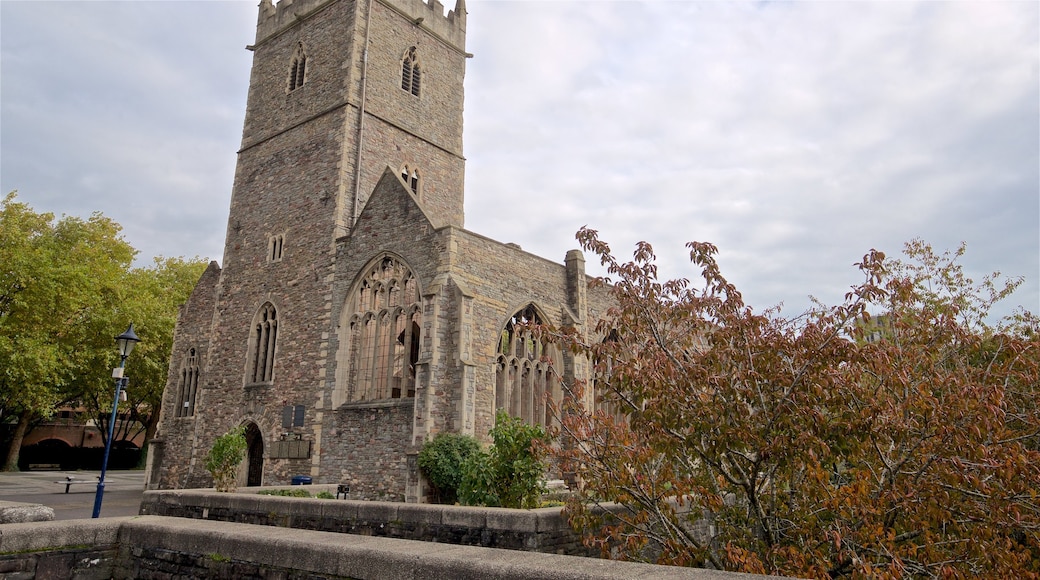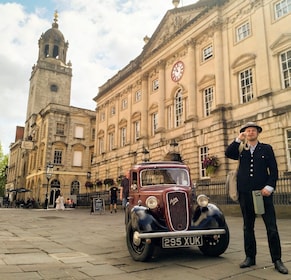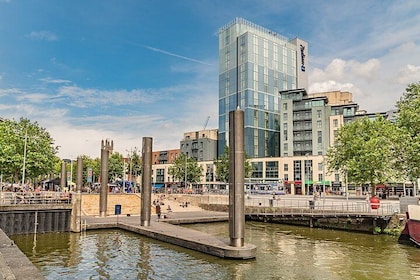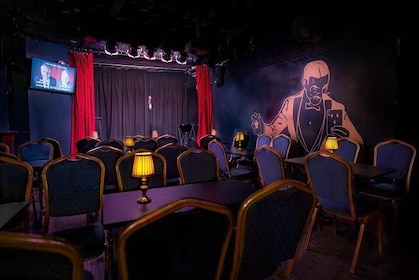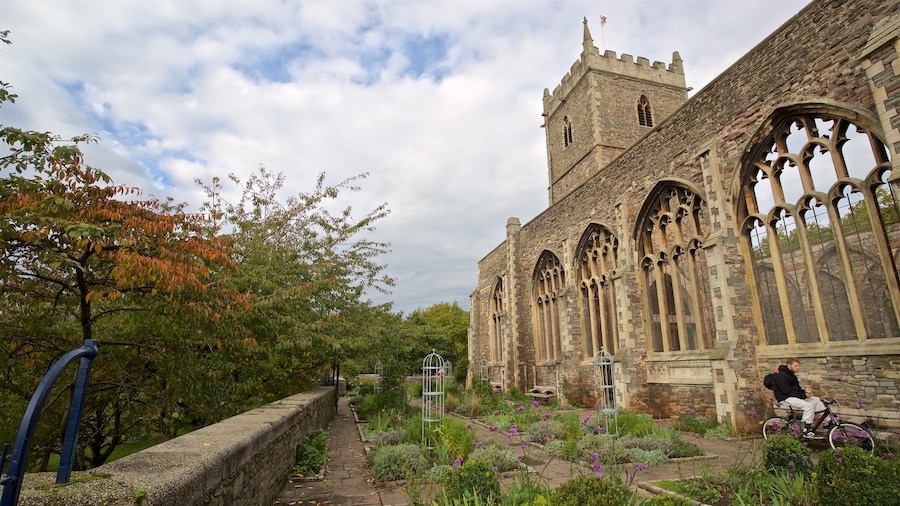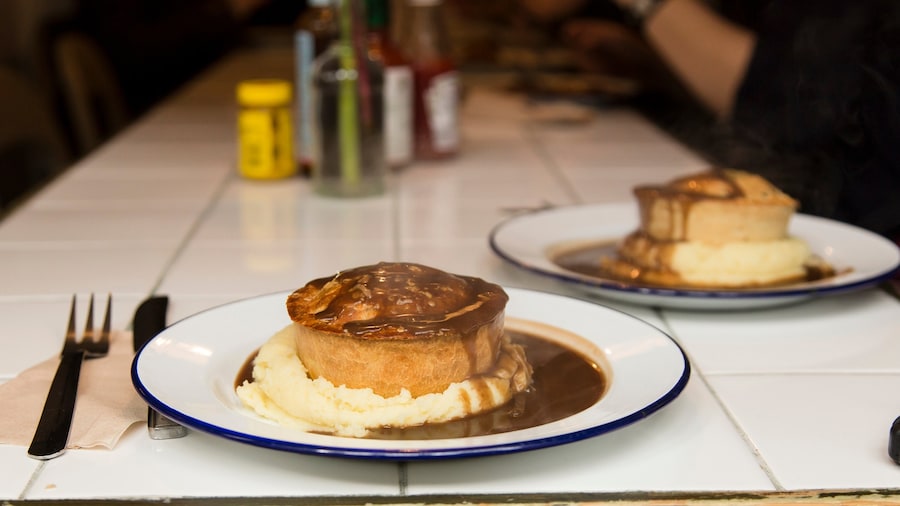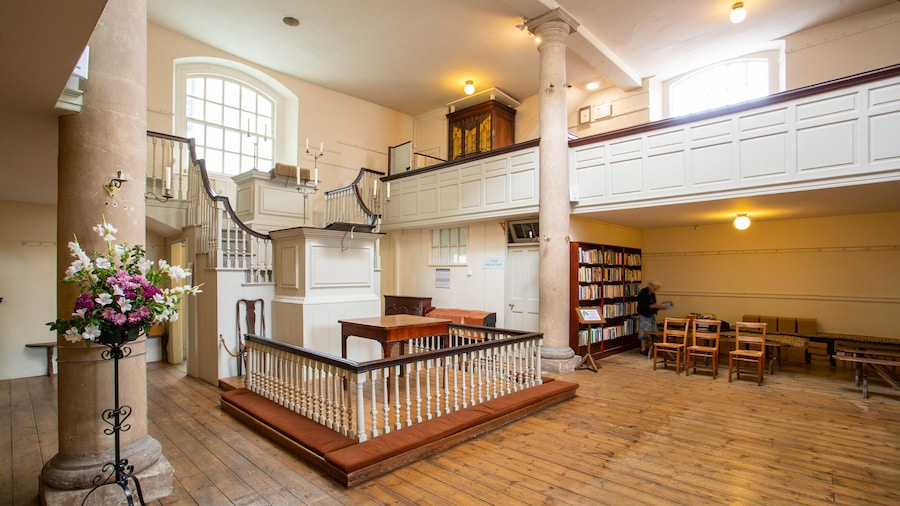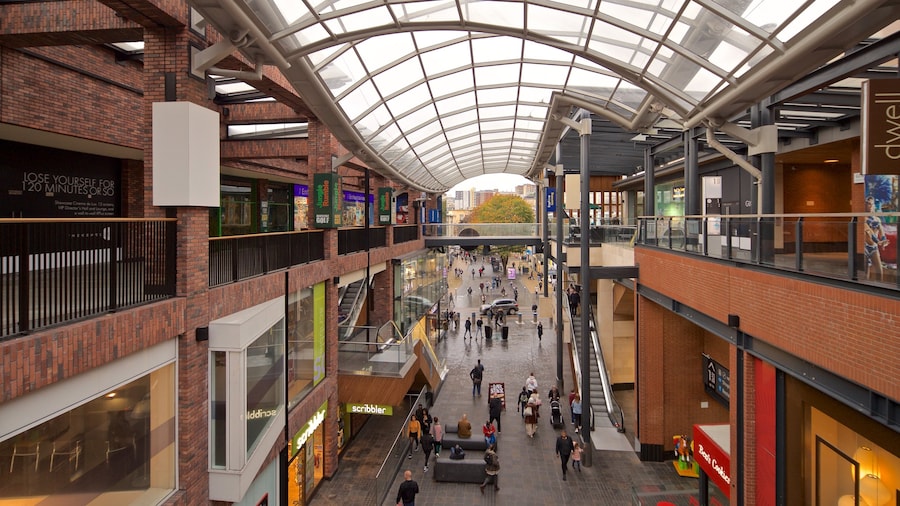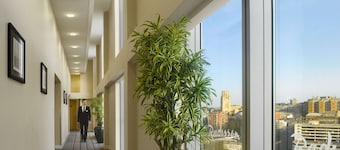This ruined 12th-century church stands as a World War II memorial and features a garden filled with varieties of medicinal plants.
St. Peter’s Church is one of the most dominant landmarks of Castle Park, in central Bristol. Believed to be the city’s first church, it stands at the site of what was once the commercial heart of medieval Bristol. Bomb raids by the German air force in 1940 severely damaged St. Peters Church and caused death and destruction across the city. Admire the relics of this centuries-old church and breathe in the aromas of the adjacent physic garden.
The remains show evidence of an 800-year-old building. Note the Norman-style tower with a turreted roof and spires on its four corners. At the base of the tower is the main entrance, which opens to a roofless shell. It is closed to visitors but you can walk around the perimeter and peer through huge windows to see the columns, capitals and Gothic arches of the nave. Next to the entrance is a memorial plaque engraved with the names of the civilians and service people that lost their lives during the Bristol Blitz bombings.
Running adjacent to the church’s south wall is the Castle Park Physic Garden. Sweet aromas of herbs and medicinal plants permeate the air while bluebells, daffodils and snowdrops add color in spring. The garden is a project supported by a charity that helps provide housing, education and employment support to the homeless. You’ll often see trainees enrolled with the charity learning and practicing horticultural skills.
Explore the other landmarks in Castle Park after visiting the church. Among them is the keep, vaults and walls of Bristol Castle. Learn about a selection of the park’s 320 trees along the Castle Park Tree Trail. The Normandy Garden of Peace honors the events of the Allied invasion of Normandy in 1944.
You can visit St. Peters Church at any time of the day, although it’s best during daylight hours. It’s a short walk from both Bristol Old City and Bristol Shopping Quarter. Passenger ferries travel from Bristol Harbourside to Castle Park Landing ferry pier.



